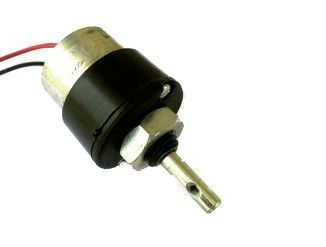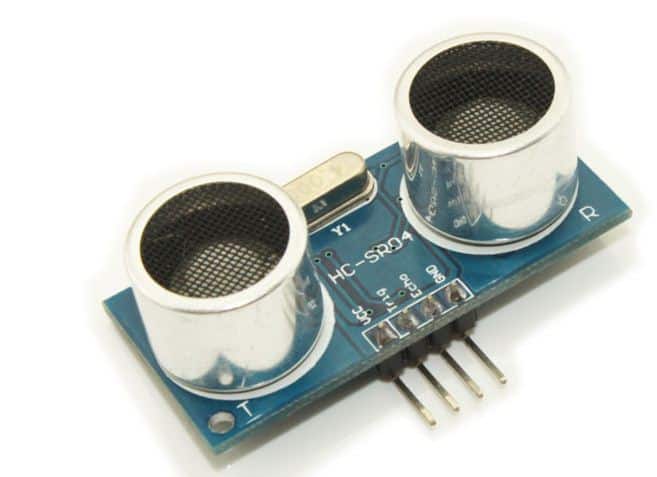Interfacing DC motor to Atmega32

In a past tutorial, we saw how to control a servo using AVR. This tutorial will aim at interfacing a DC-geared motor with the ever-popular ATMEGA series. For the sake of simplicity, we will learn a way to interface the DC motor and not control its speed. DC Motors are small, inexpensive, and powerful motors used widely in robotics for their small size and high energy out. A typical DC motor operates at speeds that are far too high speed to be valid and torque that is far too low. Gear reduction is the standard method by which a motor is made meaningful. Gear reduce the speed of the motor and increases the torque. Choosing a DC Motor depends upon the application.






